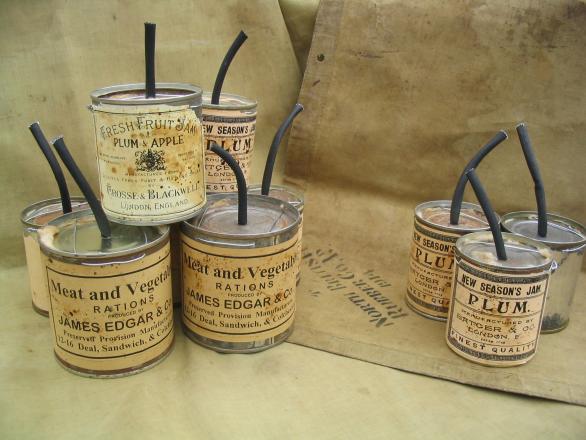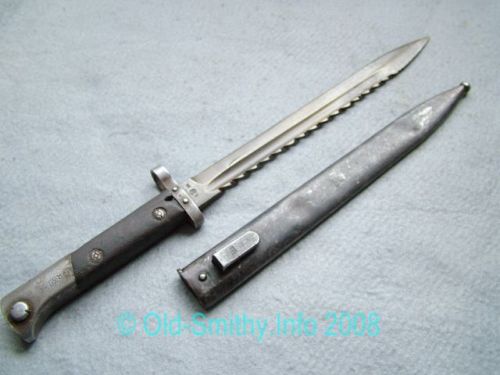Erich Paul Remarque was born on 22 June, 1898, in Osnabrueck. Maria is his mother's maiden name. He changed his middle name to Maria when he published All Quiet on the Western Front. He began writing when he was 16 but didn't get very far before he was conscripted to the army when he was 18, in 1916. In 1917, he was transferred to the Western Front. He only spent a few months fighting before he was injured with shrapnel in his left leg, right arm and neck. Erich was sent to a hospital and the war ended while he was there.

He published his first book, The Dream Room in 1920 under the name Erich Paul Remark. When he published All Quiet on the Western Front (literally, Nothing New in the West) he changed his middle name to Maria in respect of his mother and changed Remark (changed by his grandfather) back to the original Remarque. It took him a while to find a publisher for All Quiet on the Western Front, which was finished in 1927, but not published until 1929. He wrote nine other books about World War I. One is The Road Back, about returning soldiers. The Road Back is considered the sequel to All Quiet on the Western Front, even though it has different characters. They recount the same stories, so it is supposed that these characters were in the same situations. The Three Comrades, also about returning soldiers, but has different characters.

Many of Erich Remarque's books were burned at Nazi book burnings and were banned. Erich Remarque had to move to Switzerland to avoid the Nazis. They claimed that he was a French Jew and that he hadn't fought in World War I. His German citizenship was taken away in 1938 and he moved from Switzerland to America in 1939. In 1943, his sister, Elfriede Scholz was put on trial, found guilty of "undermining morale" and was killed.
Other Books by Erich Remarque
- The Dream Room
- Station at the Horizon
- All Quiet on the Western Front
- The Road Back
- Three Comrades
- Flotsam
- Arch of Triumph
- Spark of Life
- A time to Love and Time to Die
- The Black Obelisk
- Heaven Has No Favorites
- The Night in Lisbon
- The Promised Land
- Shadows in Paradise
Similarities between Erich Remarque and his character, Paul Baumer
- The main character's name is Paul, which is Erich Remarque's original middle name.
- Both Paul Baumer and Erich Remarque were in 2nd Company
- Paul and Erich Remarque both have an older sister named Erna (Remarque 157&161).
- Both enjoy collecting butterflies (Remarque 158).
- Erich Remarque and Paul Baumer's mother both had cancer. Erich's mother died, while Paul's mother is still alive by the end of the book, just very sick (Remarque 269).
- Both played piano (Remarque 160).
- Paul has minor wounds from shrapnel in the leg and arm. Erich Remarque has major wounds from shrapnel in the leg, arm and neck and is kept out of the war from this.
- Erich Remarque was injured for the last time while carrying a wounded soldier out of action who died on the way. After is return from the hospital, Paul carries injured Kat away from the fighting. Kat died as well (Remarque 288-290).
Differences between Erich Remarque and his character, Paul Baumer:
- Erich Remarque's mother died of cancer while he was in the hospital, Paul leaves the hospital while his mother is "feeble" and says that her condition is "much worse than it was last time" (Remarque 269).
- Erich had two sisters, one younger, Elfreide, one older, Erna. Whether or not Paul has another sister is not mentioned.
- At the beginning of the book, Paul says that he is nineteen, and twenty by the end of the book. Erich Remarque was eighteen when he was conscripted into the army.
- When Paul is reminding Kat about the good times they had together, he says "Kat, that was almost three years ago" (Remarque 288). Erich Remarque was conscripted to the army when he was eighteen, in 1916 and was injured on July 31, 1917. Erich Remarque could only have been in the army for a year and a half.
- Paul returns to the front from the hospital, suffering similar wounds Erich Remarque did, but Erich Remarque was in the hospital until the end of the war.


































 In fact, these grenades have a danger range farther than the throwing range, so the thrower has to take cover quickly. The Mill's bomb has a strong spring to drive the striker, which is held back by the safety lever, which is held back by the pin. The striker hits the fuse, giving it the delay and detonation.These were so popular, that over 70 million were shipped out to the front to be thrown at the Germans.
In fact, these grenades have a danger range farther than the throwing range, so the thrower has to take cover quickly. The Mill's bomb has a strong spring to drive the striker, which is held back by the safety lever, which is held back by the pin. The striker hits the fuse, giving it the delay and detonation.These were so popular, that over 70 million were shipped out to the front to be thrown at the Germans.








